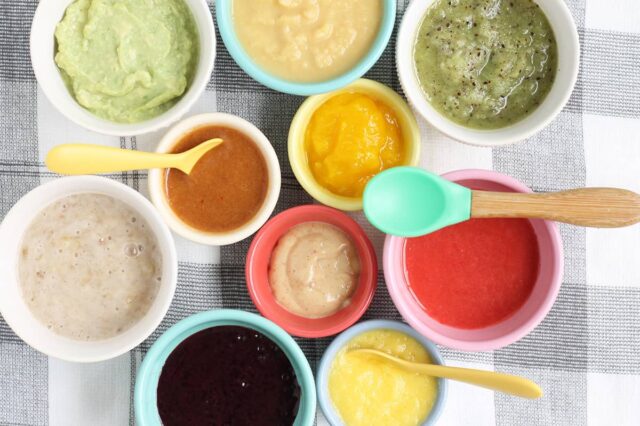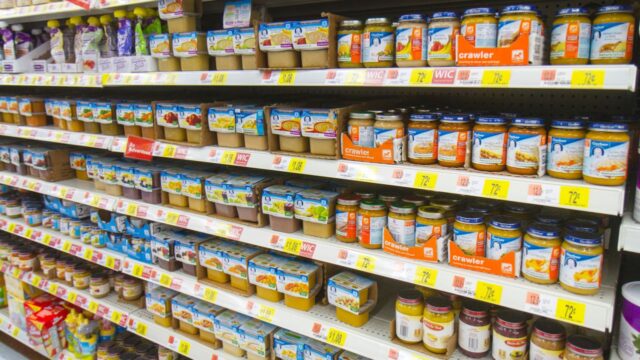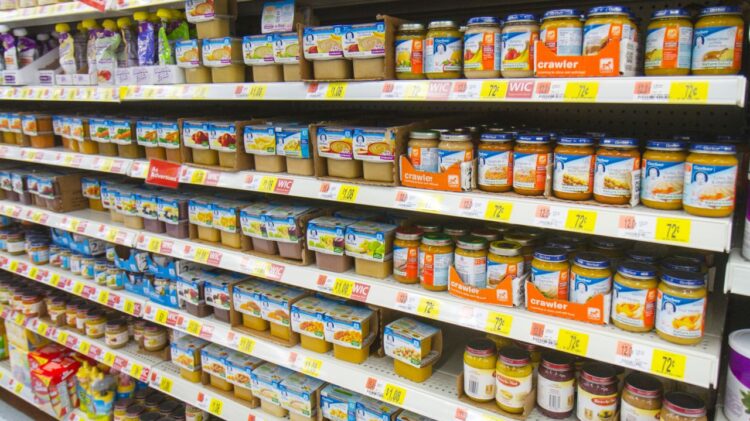Manufacturers allowed contaminated baby food to remain on shelves according to lawmakers in a recently released US Congressional report.

“Today’s report reveals that companies not only under-report the high levels of toxic content in their baby food, but also knowingly keep toxic products on the market,” said Democratic Rep. Raja Krishnamoorthi of Illinois, chair of the House Subcommittee on Economic and Consumer Policy, which conducted the investigation.
Gerber and Beech-Nut were top on the list for failing to properly test and remove baby foods with dangerous levels of inorganic arsenic. Sprout Foods Inc, Walmart’s Parent’s Choice and Campbell’s Plum Organics baby foods were reported as being lax in testing and controlling for heavy metals such as lead, mercury and cadmium.
“Even in trace amounts, these contaminants can alter the developing brain and erode a child’s IQ,” Jane Houlihan, research director for Healthy Babies Bright Futures said in an interview with CNN.
She continued, “The impacts add up with each meal or snack a baby eats — especially when the levels are as high as Healthy Babies Bright Futures’ research and the subcommittee’s new report show.”

The Healthy Babies Bright Futures group did their own research and found that 95% of sampled baby foods contained lead, 73% contained arsenic, 75% contained cadmium and 32% contained mercury. One fourth of the baby foods contained all four heavy metals.
CNN contacted several of the manufacturers and they disagreed with the subcommittee’s assessment, and they all told the popular news outlet that they are committed to working closely with the US Food and Drug Administration to address the issue.

So, is there anything that parents can do?
Yes, according to Houlihan, there are many things that parents can do. Below are some of her suggestions:
- Parents can push their representatives to support the proposed Baby Food Safety Act.
- Parents can try to avoid foods, such as rice-based snacks or cereals. These typically absorb more heavy metals from the soil.
- Serve a variety of fruits and vegetables to avoid serving the same thing on a daily basis, reducing baby’s risk of exposure.
Curious to see the World Health Organization classifies as the top 10 chemicals of concern for infants and children? Click here to learn more about this topic and alternate studies.







